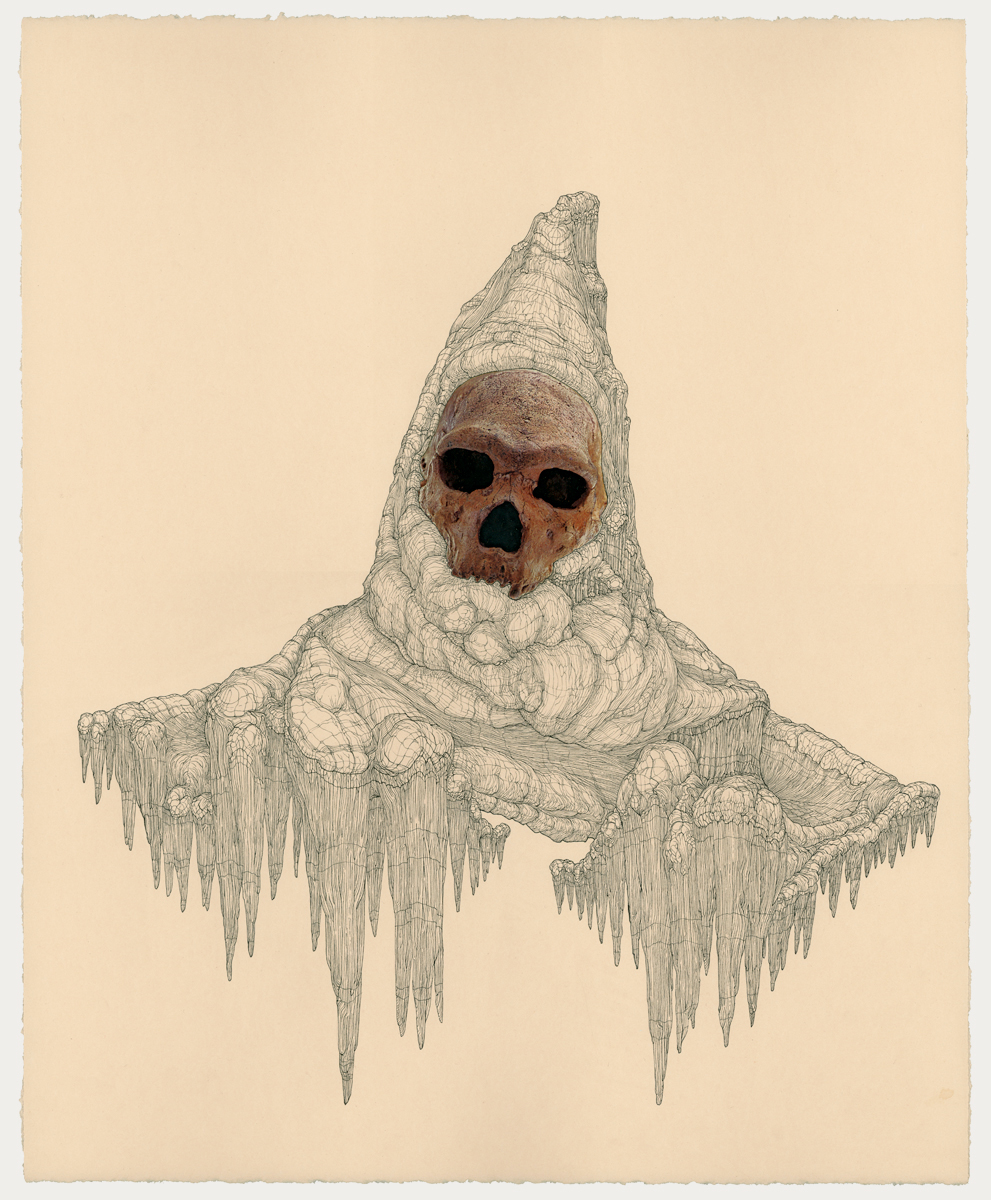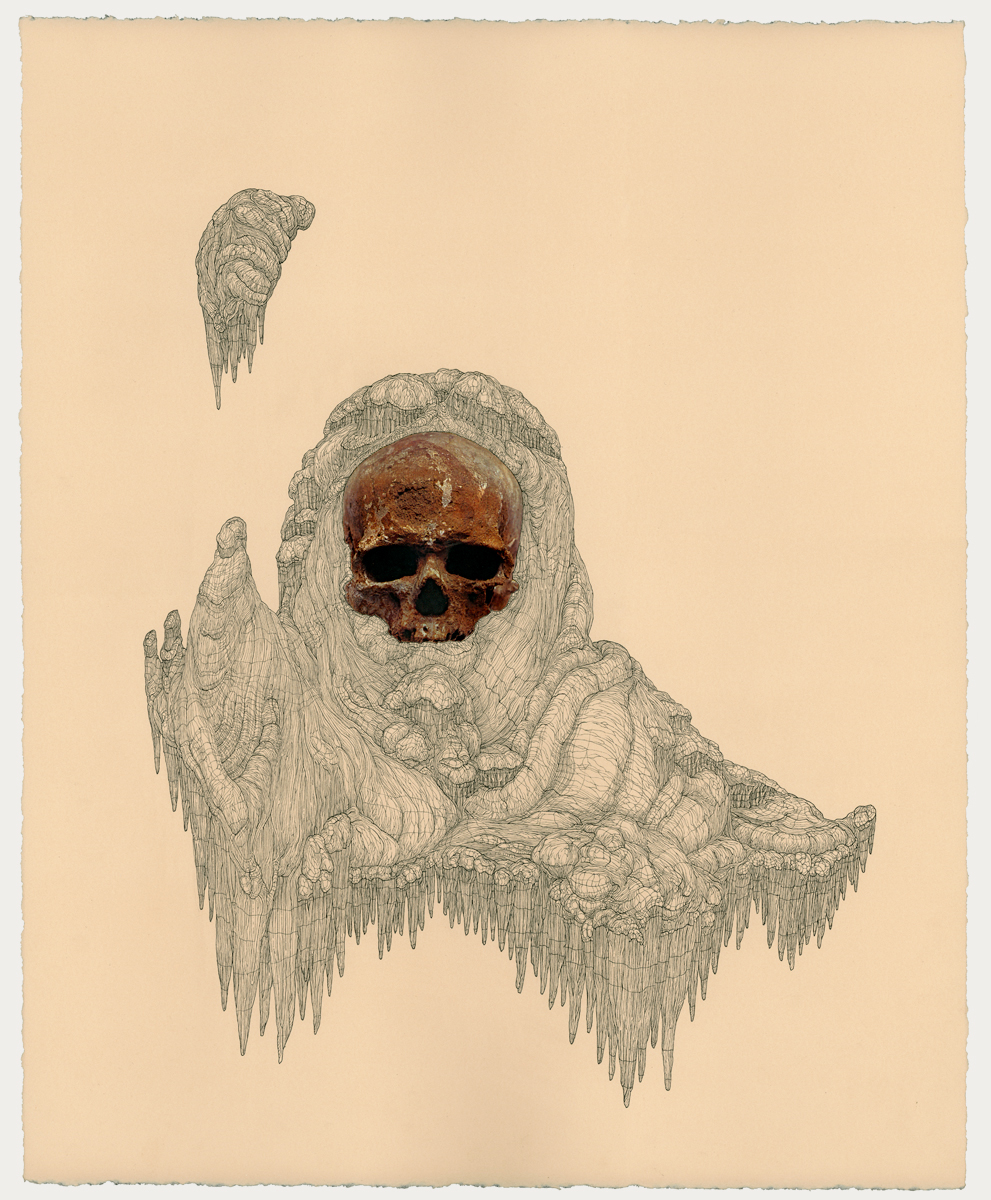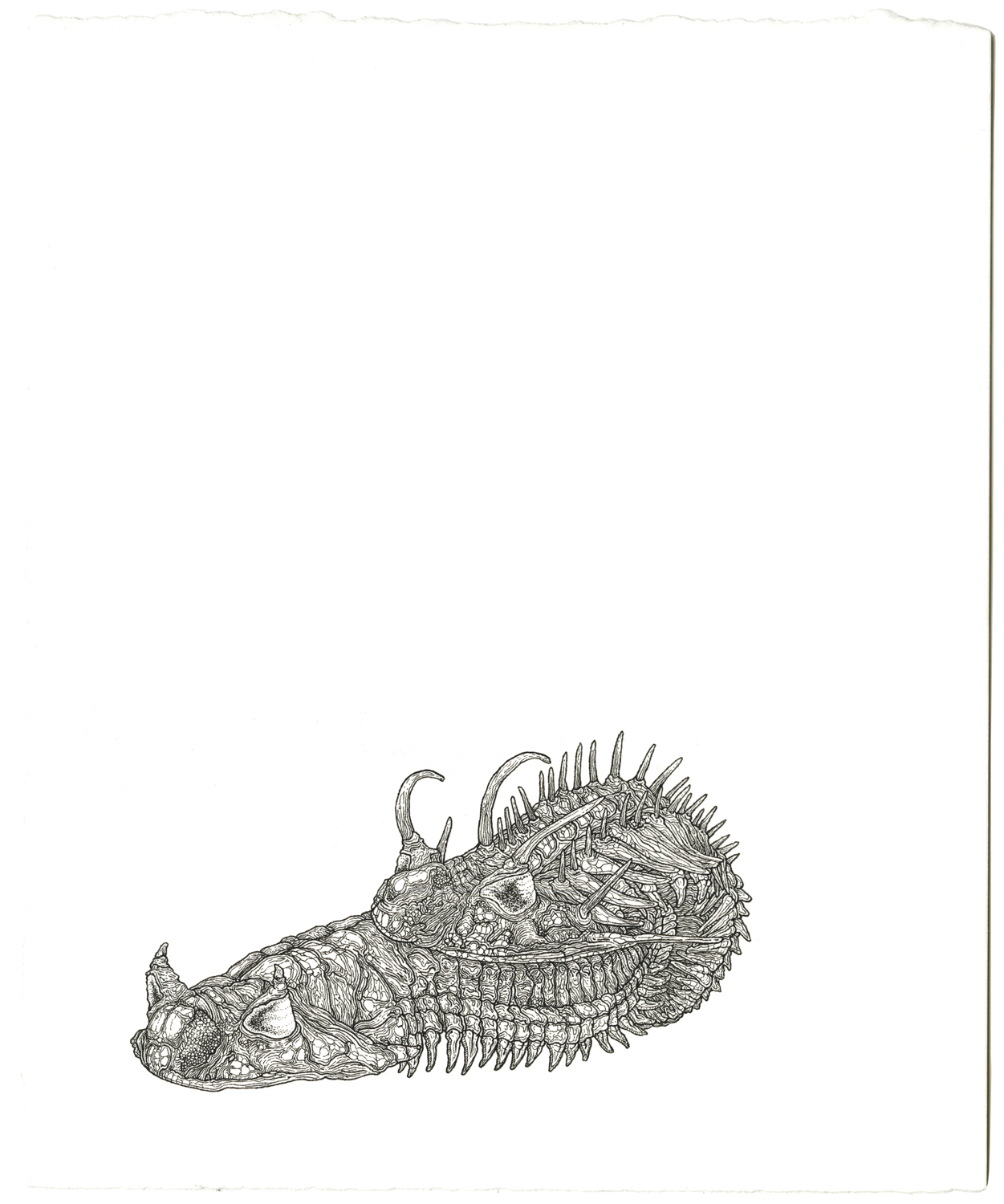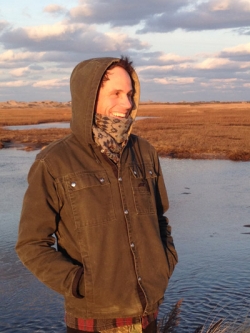There is an uncanny beauty to bones, to the skeletal underpinnings of forms—bodies, houses, cities—whose every contour is inscribed in our deepest consciousness. They hold a familiarity that is undeniable, but latent. That intimate awareness is submerged beneath the foreign otherness of an icon devoid of its soft tissue. Be it blood, muscle, and skin or drywall, shingle, and lathe, that soft tissue is the material that defines the subtle, nuanced individuality of a specific body. It is the idiosyncratic details of a particular person, a particular building. The unique crow’s feet by the left eye, the delicate mole centered over the right elbow, the two-inch pink vinyl siding that abuts the white pine trim. The skeleton retains none of these details. But every individual with that form shares bone.
Bones are irreducible. When you atomize a whole, break it down from a singular object into its constituent components, stripping away layer after layer, eventually you will reach bone. But bones are reducible. In dissecting bone, breaking through the compact skin, the periosteum and the dura mater, you will ultimately uncover the spongy core of marrow. But once that final whole is broken, that last interiority is explored, then nothing is left. Bones are the last whole you can hold before you reach nothing. The bone is the irreducible core.
The mere physical presence of bare bone implies the absence of what covered them, and thus the inherent violence of the process—either abrupt and traumatic or gradual and pervasive—that was required to present those bones in their current naked state. As a physical object, they are a cognitive palimpsest of melancholy and trauma, idealism and banality, beauty and the grotesque, dispassionate anatomy and emotional resonance. They are uncanny in the truest sense of the word. And we all have them, but to ever see our own uncovered would be a horror.
In my recent studio practice, I’ve been seeking to conflate the act of making with an act of violence, or unmaking—whether enacted physically or cognitively, whether enacted on an object, an image, or an idea. In my practice as a whole, I use sculpture and drawing as a tool to stitch together and confuse the discordant relationship between a physical object and the cognitive experience of it. The work seeks to both create unified wholes out of disparate fragments, and simultaneously to unmake unified wholes into particulate fractions; to create objects, images, or ideas that sit on the edge of making and unmaking, that barely cling to coherence. In sculpture, this can look like bits of colorful industrial detritus coalescing into a human skeleton. In drawing, it can look like the fragmentary skull of a prehistoric ancestor encased in drawn stalactites that disintegrate into clouds on minute lines as the viewer gets closer. For these reasons, the icon of bone has always resonated as the essential core of anatomy, the baseline constituent part of reduction, which to reduce further brings you to nothing.



